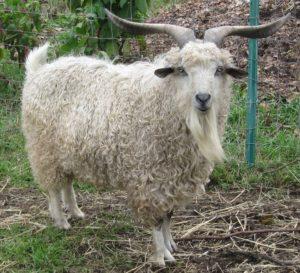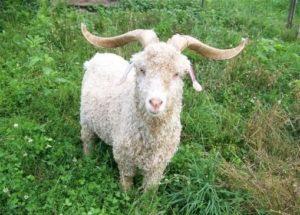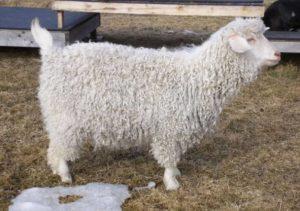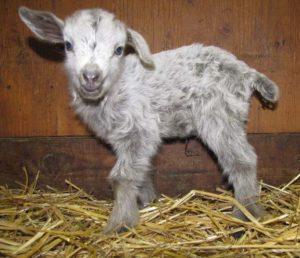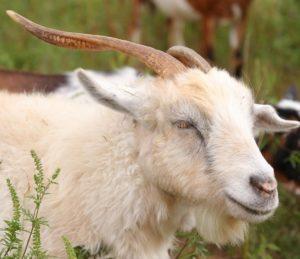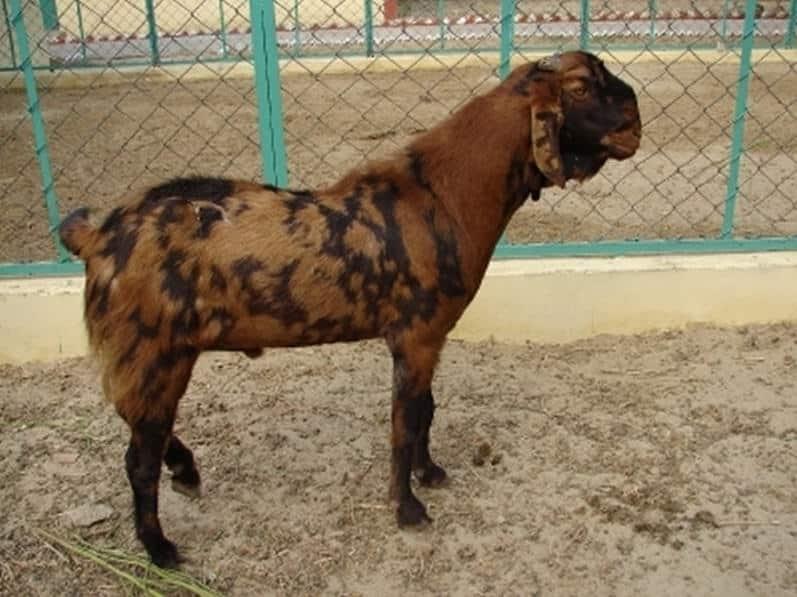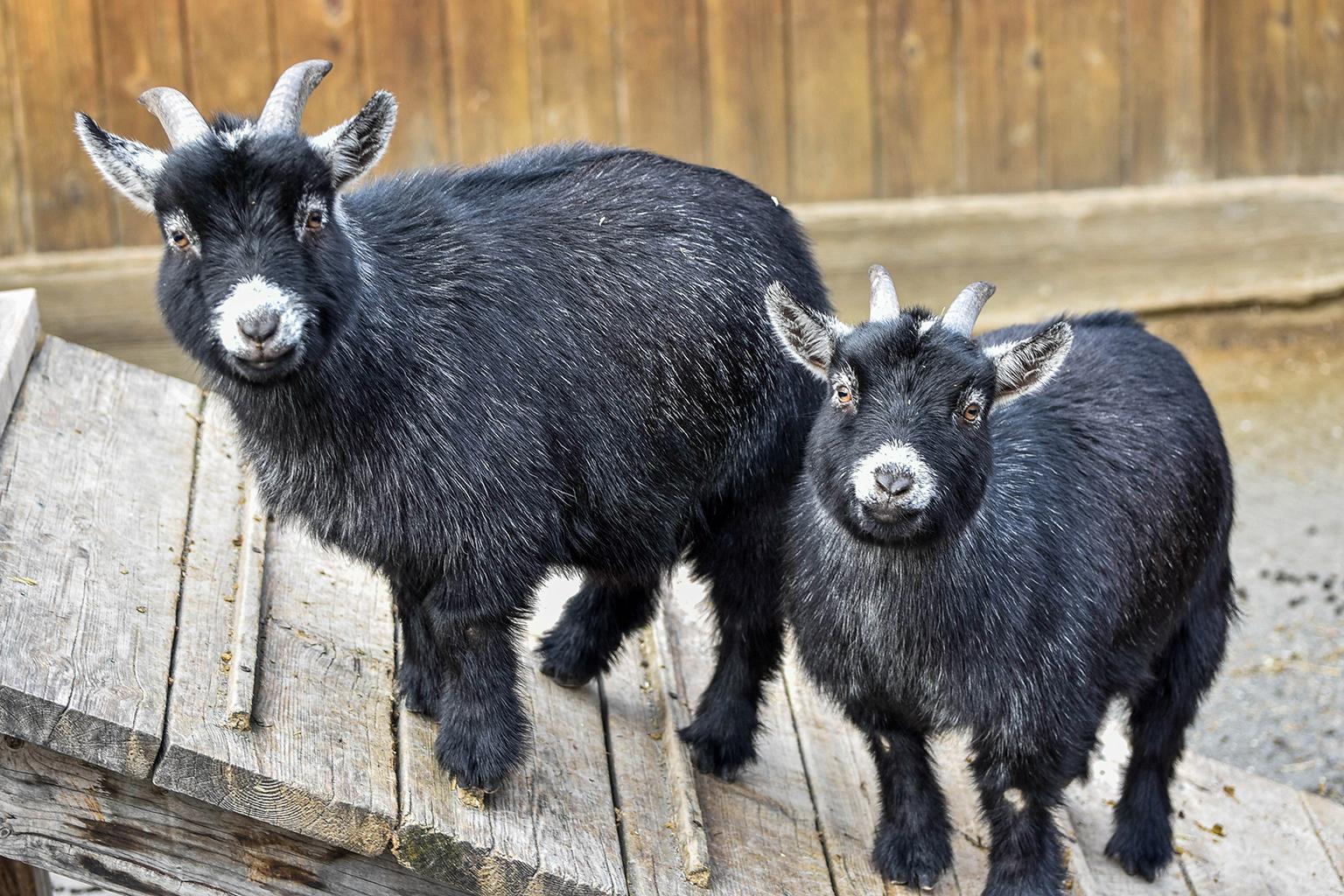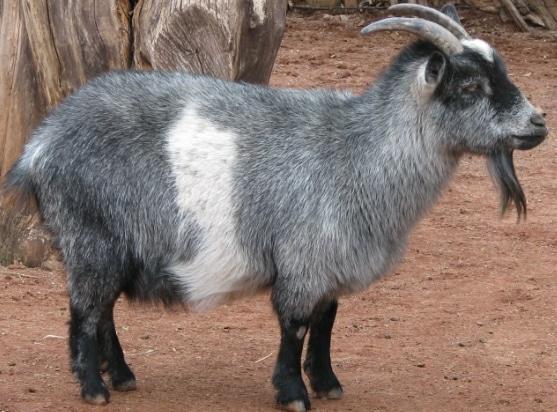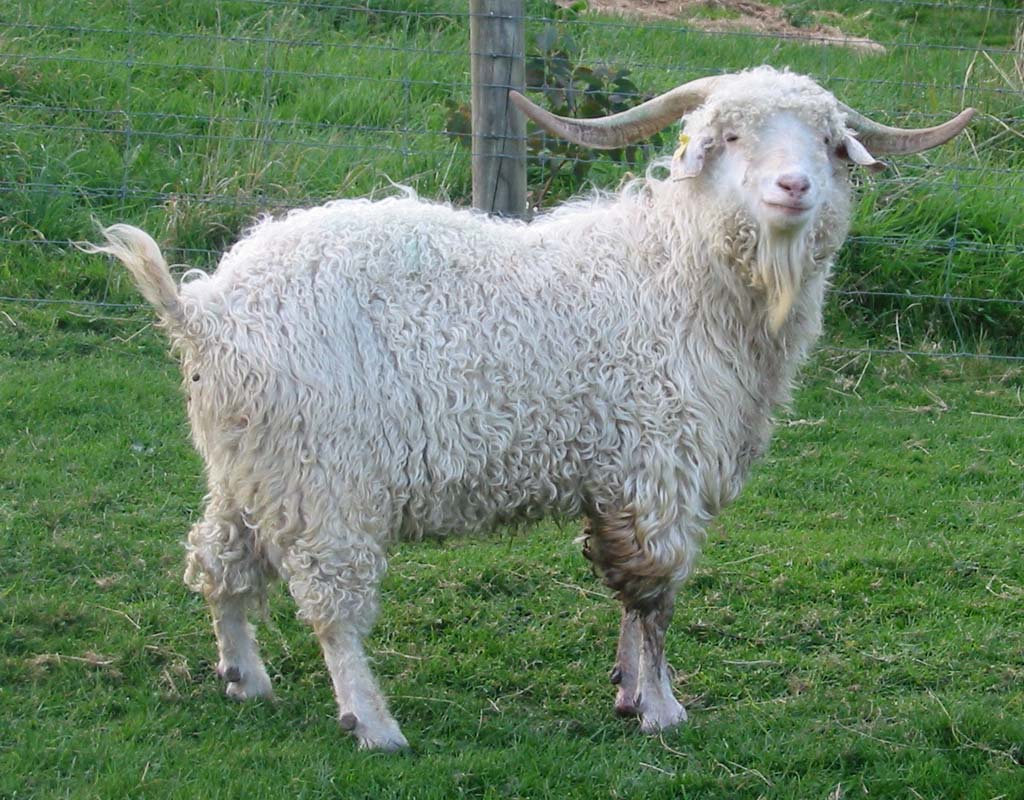Pygora Goat
Pygora goat, a domestic breed originated in the Oregon City of Oregon in the United States, Its name is a portmanteau of Pygmy and Angora, the two breeds involved in its development. These beautiful goats, known for their hardiness and playful demeanor, have gained popularity not just in their place of origin but also worldwide.
Quick Information
| Also Known As | Miniature Angora |
| Physical Characteristics | Medium or small in size with a well-muscled body stature; drooping or erect ears; wide, flat nose; horns that may be present or absent; and straight erect tail |
| Temperament/Personality | Alert, friendly, curious, playful, easy-to-handle |
| Color | White, black, brown, gray, or a combination of several colors |
| Coat | Short and soft or long and silky |
| Size | Small |
| Weight | Bucks: 34 – 43 kg (75 – 95 pounds) Does: 29 – 43 kg (65 – 75 pounds) |
| Height | Bucks: 58.4 cm (23 inches) Does: 45.7 cm (19 inches) |
| Uses | Mainly fiber production, but also produces milk at present |
| Diet | Hay and pasture |
| Lactation Period | Not recorded |
| Lifespan | 12 – 15 years |
| Climate Tolerance | All types of climate |
| Country of Origin | Oregon, United States |
| Standard and Qualification Information | Pygora Breeders Association |
History and Development
Katherine Jorgensen was the pioneer behind developing this distinct breed in 1987 in Oregon. She desired to breed an animal that would produce soft and fine fiber. To achieve this, Jorgensen crossed the Pygmy goat, having a short and soft undercoat with the Angora goat known for its long and silky fleece. Following this, the Pygora Breeders Association developed in the U.S that registered these goats, and also promoted their development.
The F1 or first-generation crosses of the Pygmy and Angora aren’t regarded as true Pygoras. To gain the status of a true Pygora, the goat needs to be crossed with other Pygora goats, the first generation crosses, or may even be bred back to the purebred Angora or Pygmy. This process should continue, and the resulting breed should have no more than 75% lineage of any one parent.
Fiber Production
The Pygora goat produces three fleece types divided into distinct categories:
Type A or the Angora Type: Fine mohair fiber that is long and lustrous, growing up to a length of approximately 6 inches
Type B or Blend Type: A combination of the cashmere Pygmy coat and mohair fiber of the Angora, 3-6 inches long; the resulting fleece being wavy with a shiny or dull finish
Type C or Cashmere Type: Fine fiber without any shine, having a length of 3 inches
Meat Production
Since they were mostly bred for fiber production, they do not rise to the status of good meat goats.
Milk Production
They are not as good as the other dairy goats like the Saanen or Nubian, yet they are capable of producing a liter of milk per day.
Kidding
Does get pregnant between 4 and 6 months of age, having a 145 – 153 days gestation period. The kids are weaned at about eight weeks, though some farmers continue milking beyond that period.
One to four kids are born in a single pregnancy, mostly twins, weighing 5 pounds on an average, attaining maturity in 8-12 months.
Interesting Facts
- They have acquired the Pygmy goat’s playfulness and Angora’s docile nature.

